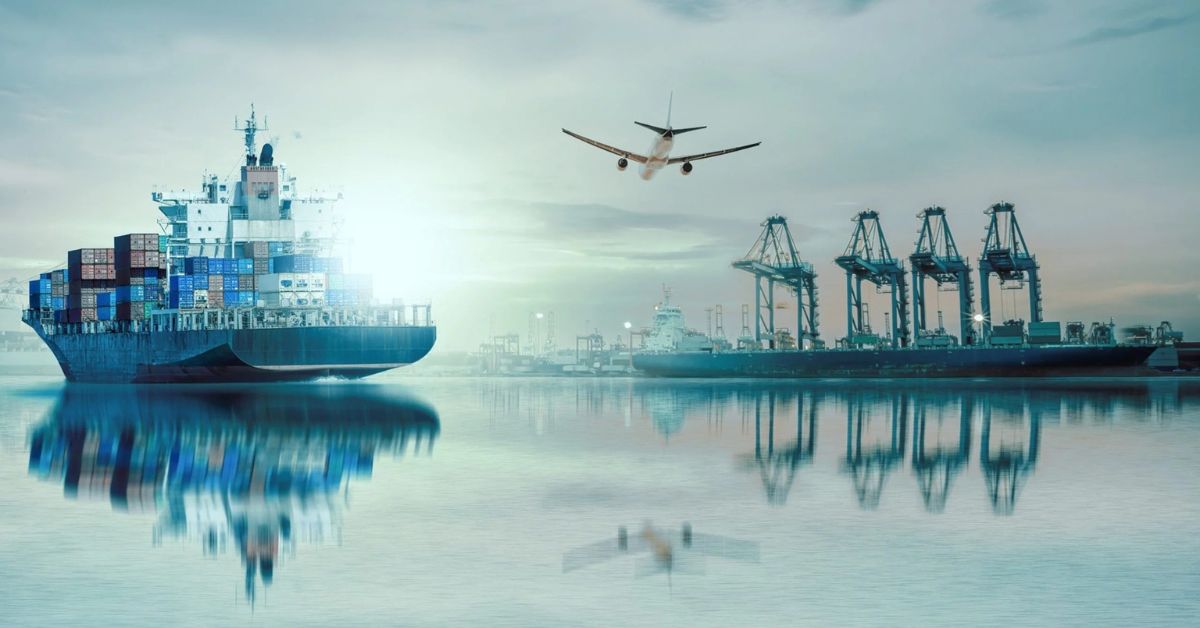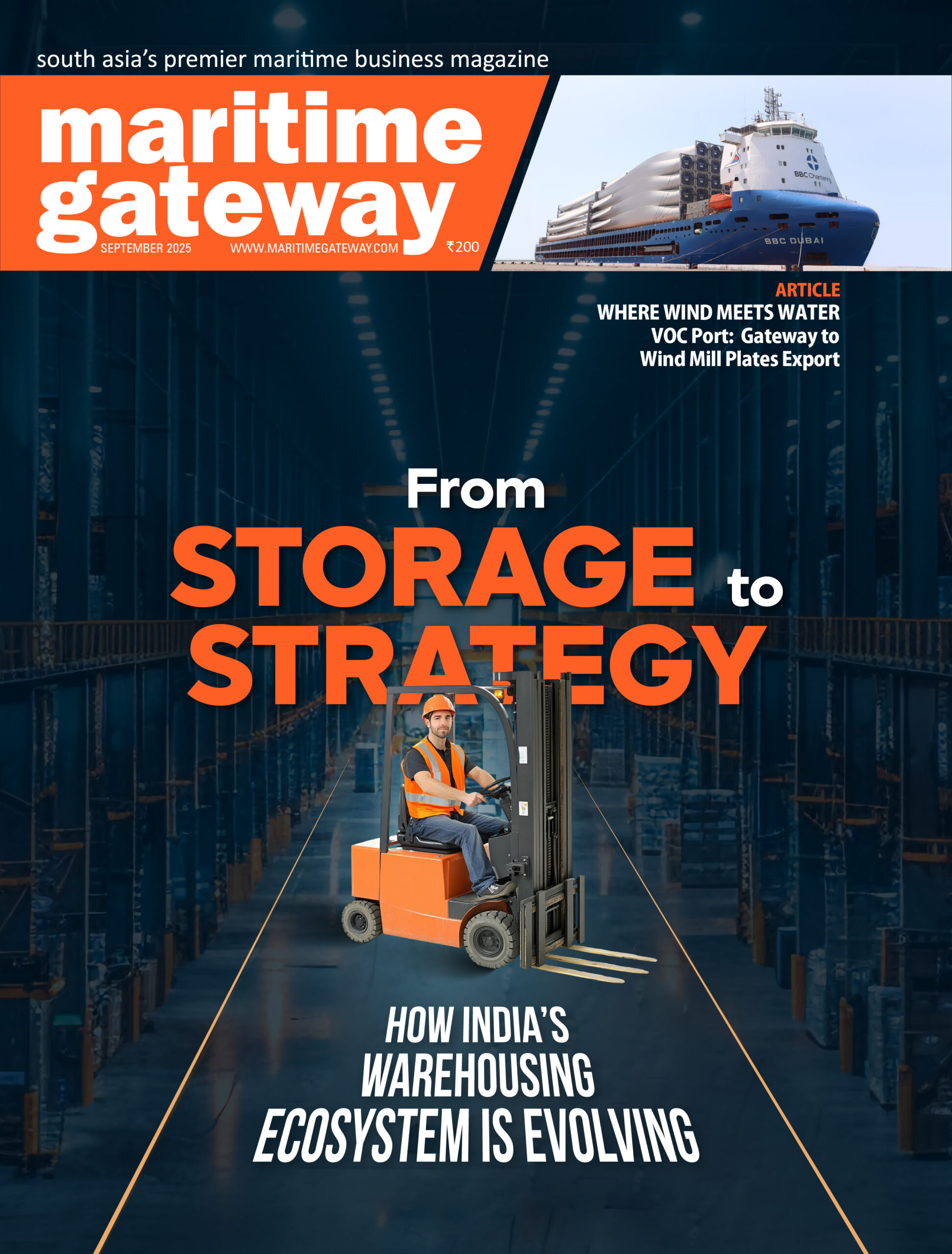As the East African nation modernises its ports, expands its air cargo capacity, and strengthens trade ties with global markets, it is emerging as a vital logistics hub connecting Africa with Asia, the Middle East, and Europe.
Kenya is fast becoming a linchpin in global trade and logistics, driven by strategic location, robust investments in infrastructure, and deepening international partnerships. As the East African nation modernises its ports, expands its air cargo capacity, and strengthens trade ties with global markets, it is emerging as a vital logistics hub connecting Africa with Asia, the Middle East, and Europe.
Positioned along the Indian Ocean and at the crossroads of major trade corridors, Kenya is leveraging its geographic advantage to transform its economic future. The Port of Mombasa, the largest in East Africa, serves as a critical gateway for regional trade, enabling cargo movement across Uganda, Rwanda, Burundi, South Sudan, and the Democratic Republic of Congo. Investments in port upgrades, alongside the Standard Gauge Railway linking Mombasa to Nairobi, have significantly reduced freight time and costs, enhancing trade competitiveness.
Maritime Momentum: Mombasa and Lamu drive East Africa’s trade future
Kenya’s port infrastructure is experiencing a historic transformation, led by record-breaking cargo volumes, booming transhipment activity, and major investments aimed at reinforcing its position as a regional trade and logistics powerhouse. The Port of Mombasa, East Africa’s largest and busiest seaport, has achieved unprecedented growth in 2024, underlining Kenya’s growing stature in global supply chains.
In 2024, the Port of Mombasa handled an all-time high of 41.1 million tonnes of cargo, up 14.1 per cent from 35.98 million tonnes in 2023. This surge was driven by increased import volumes, which rose by 7.2 per cent, and exports, which saw a 6.6 per cent uptick. Container traffic also surged to a record 2,005,076 TEUs (twenty-foot equivalent units), marking a 23.5 per cent increase over the previous year. This milestone marks the first time the port has surpassed the 2 million TEU threshold in over a decade. Ruto attributed this success to a combination of factors, including operational efficiency, infrastructure upgrades, and Mombasa’s rising role as a transhipment hub. “Our performance was enhanced by growth in containerized and bulk cargo volumes, supported by transhipment traffic as major shipping lines selected Mombasa as their regional hub,” Ruto said.
Transhipment traffic, in particular, witnessed a dramatic rise, soaring by 132.9 per cent to reach 491,666 TEUs. The port’s strategic location, coupled Kenya Ports Authority (KPA) Managing Director Captain William with regional instability in the Red Sea, led to vessel diversions that redirected cargo through Mombasa. Improved turnaround times and increased feeder services allowed the port to serve destinations across Eastern and Southern Africa and Indian Ocean Island nations.
Uganda continues to be the largest transit cargo destination, accounting for 65.7 per cent of total transit volumes. In 2024, Uganda-bound cargo grew by 23.8 per cent to 8.8 million tonnes. Other key regional partners include South Sudan, the Democratic Republic of Congo, Rwanda, and Tanzania. Transit cargo volumes overall grew by 17.4 per cent, reaching 13.4 million tonnes.
Looking ahead, KPA has unveiled ambitious plans to further expand and modernize Mombasa’s capacity. Upgrades to the Terminal Operating System (TOS) are already underway to improve digitization and operational speed. In January 2025, work will begin on the new Berth 19B, which will add a 240-metre berth with capacity for 300,000 TEUs. Plans are also progressing for Berth 23, a 300-metre extension with an estimated yard capacity of 500,000 TEUs, to be funded through the Japan International Cooperation Agency (JICA).
In addition to container terminal expansion, significant infrastructure projects are reshaping the Mombasa port complex. These include the KSh40 billion Kipevu Oil Terminal, KSh32 billion second container terminal phase, and a new cruise ship terminal. A recently completed six-lane concrete road at Kipevu and the acquisition of new gantry cranes worth USD 31.5 million are aimed at streamlining cargo movement and enhancing productivity.
Alongside Mombasa, the Port of Lamu is beginning to emerge as a complementary trade gateway. Developed under the LAPSSET Corridor initiative, Lamu offers deep-water berths with a 17.5-metre draft, capable of hosting some of the world’s largest container ships. In 2024, Lamu welcomed its first transhipment vessels, including the MV Derby D, which loaded 371 TEUs for Dar es Salaam.
The Lamu Port’s potential lies in its role as a future logistics hub for South Sudan and Ethiopia. Once fully operational with 32 planned berths, the port will complement Mombasa’s operations and help relieve congestion, while facilitating trade with landlocked neighbours.
Kenya Ports Authority Chairman Benjamin Tayari emphasised that Kenya’s long-term vision involves developing multiple strategic ports to cater to different market segments. “Lamu and Mombasa together will anchor Kenya’s maritime strategy, supported by ongoing investments in infrastructure and intermodal connectivity,” Tayari said.
KPA is also investing in process modernisation to boost efficiency. The authority plans to automate waiver requests, streamline cargo approvals, and improve transparency through enhanced system integration. These digital upgrades, combined with new equipment—including ten rubber-tyred gantry cranes and twenty terminal tractors—will reduce turnaround times and cut operational costs.
Despite concerns raised about potential congestion, KPA has dismissed such fears, pointing to available cargo handling capacity. However, challenges do remain, particularly in managing increasing traffic and maintaining service levels as trade volumes rise. Continued coordination with stakeholders, including shippers, logistics providers, and regional governments, remains critical.
Kenya’s strategic location along the Indian Ocean continues to be a major advantage. As supply chains diversify and shipping lines seek alternative ports amid global disruptions, Mombasa and Lamu offer reliable options for cargo movement. Moreover, Kenya’s broader logistics ecosystem, including the Standard Gauge Railway and enhanced road networks, links the ports to key economic corridors across East and Central Africa.









